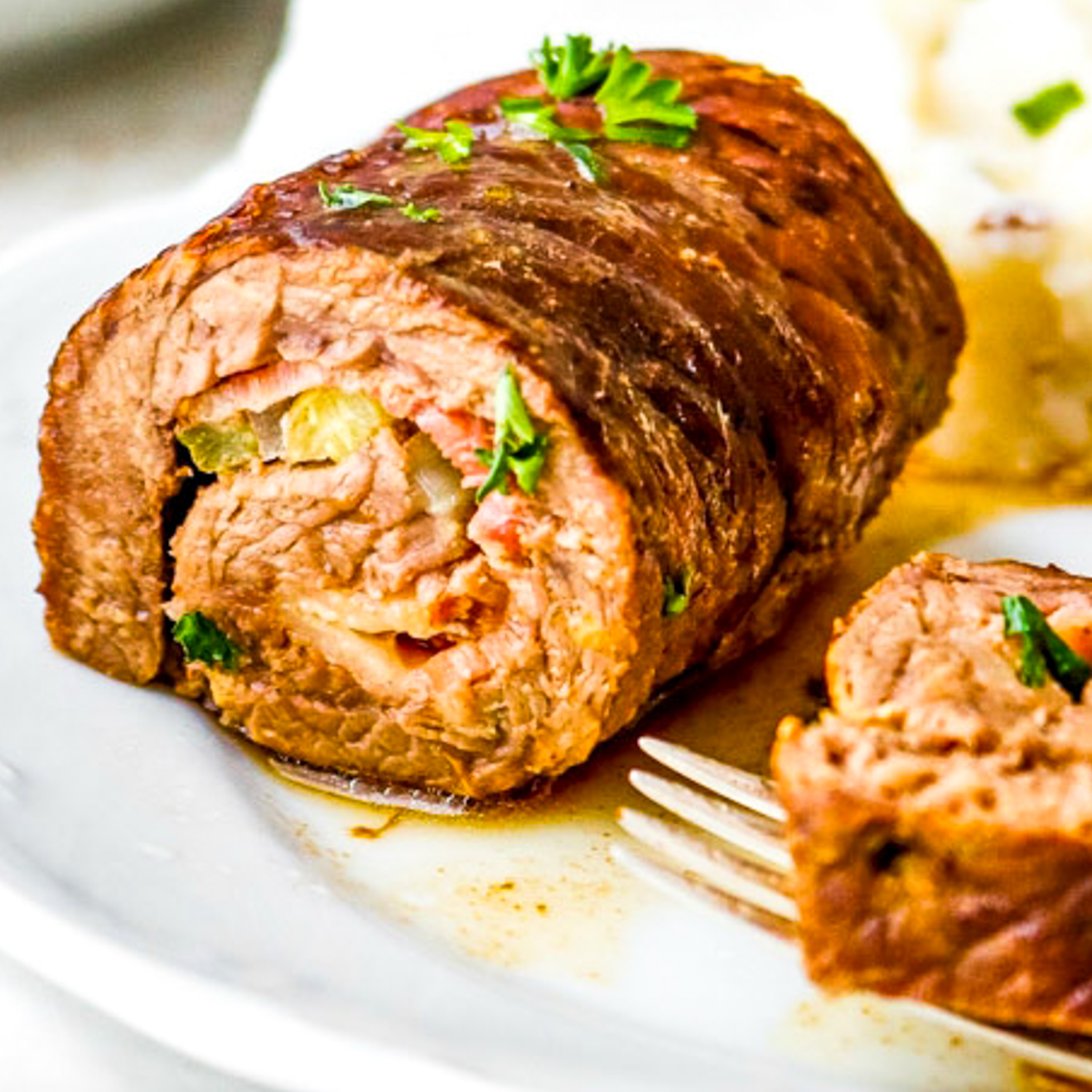Rouladen: A Culinary Tapestry of Culture and Science
As a child growing up in Pakistan, I always had a unique connection with my friends and peers. This was largely due to my mother, who hailed from Germany, and her passion for German cuisine, which she lovingly passed down to me. Our home was often filled with the delightful aromas of sauerbraten, spätzle, and jägerschnitzel, as she regaled me with tales from her Bavarian upbringing. Together, we embarked on culinary adventures, crafting these dishes from scratch with ingredients that sometimes proved elusive in our local markets. Alongside the cooking, she shared German phrases, and we harmonized in song.
Among the cherished creations my mother prepared was rouladen—a thin beef slice enveloping bacon, pickles, onions, and mustard, gently simmered in a luscious red wine sauce. This culinary marvel graced our table on special occasions like birthdays, festive holidays, or when guests came by. The tender meat, zesty filling, and delectable sauce complementing potato dumplings or boiled potatoes created a heartwarming, soul-satisfying experience.
Rouladen, for me, is more than a sumptuous dish. It stands as a beacon of my roots and sense of self. It encapsulates my mother's affection and nurturing spirit and my profound tie to her homeland. Moreover, it embodies the depth and diversity of German gastronomy, often misconceived or oversimplified by outsiders. German cuisine extends beyond sausages, beer, and sauerkraut; it encompasses regional nuances, historical influences, and enduring cultural customs. It embodies comfort, taste, and the essence of family.
Whenever nostalgia for Germany sets in, I prepare rouladen for my dear ones and myself. It serves as a tribute to her legacy and a means of cherishing her memory. It's also a celebration of my dual identity as a Pakistani-German. I hold both facets of my heritage in high esteem and am grateful for the privilege.
Now to the fun part
Rouladen Vs. Scientific Theories
Rouladen, with its succulent beef, savory bacon, tangy pickles, and piquant mustard, creates a symphony of taste on the palate. This sensory experience can be attributed to scientific theories related to flavor perception and the chemistry of food.
Flavor Perception: Rouladen's complex flavor profile highlights the intricacies of how our taste buds interpret various components. The combination of umami from the beef, saltiness from the bacon, and acidity from the pickles triggers a harmonious sensory response.
Maillard Reaction: The process of browning during cooking, known as the Maillard reaction, contributes to the rich color and flavor of rouladen. This chemical reaction between amino acids and reducing sugars is a fundamental aspect of cooking science.
Rouladen Vs. Psychological Theories
The preparation and consumption of rouladen invoke powerful psychological responses, delving into realms of nostalgia and the formation of cultural identity.
Nostalgia and Memory: Rouladen is often associated with cherished family gatherings and special occasions. The aroma, taste, and texture of this dish can trigger deep-seated nostalgic emotions, connecting individuals to their past and creating a sense of continuity.
Cultural Identity and Cuisine: For those with diverse cultural backgrounds, dishes like rouladen serve as tangible expressions of heritage. The act of preparing and savoring such meals reinforces a sense of belonging and pride in one's cultural identity.
Rouladen Vs. Sociological Theories
Beyond personal experiences, rouladen embodies sociological theories related to culinary heritage, cultural exchange, and the dynamics of multicultural societies.
Culinary Heritage and Tradition: Rouladen is a testament to the enduring nature of culinary traditions, passed down through generations. It reflects the social importance of preserving and celebrating cultural heritage through food.
Cultural Fusion and Exchange: In the case of individuals like the author, who come from multicultural backgrounds, dishes like rouladen exemplify the blending of culinary traditions. This fusion represents the interconnectedness of cultures and the evolution of global cuisines.
In the heart of a Pakistani household, rouladen, a quintessentially German dish, weaves together threads of culture, science, and emotion. Its flavors, meticulously crafted through the Maillard reaction and the art of flavor perception, dance on the palate in harmonious unity. Beyond the kitchen, rouladen becomes a vessel of memory, invoking nostalgia and affirming cultural identity. It stands as a testament to the resilience of culinary traditions, passed down through generations, and serves as a beacon of cultural fusion in an interconnected world. As we savor each bite of this beloved dish, we not only celebrate the legacy of our roots but also acknowledge the power of food to bridge diverse worlds and deepen our appreciation for the richness of human experience. Rouladen, in its essence, is more than a meal—it is a journey of taste, heritage, and shared humanity.
Peace Out

Comments
Post a Comment